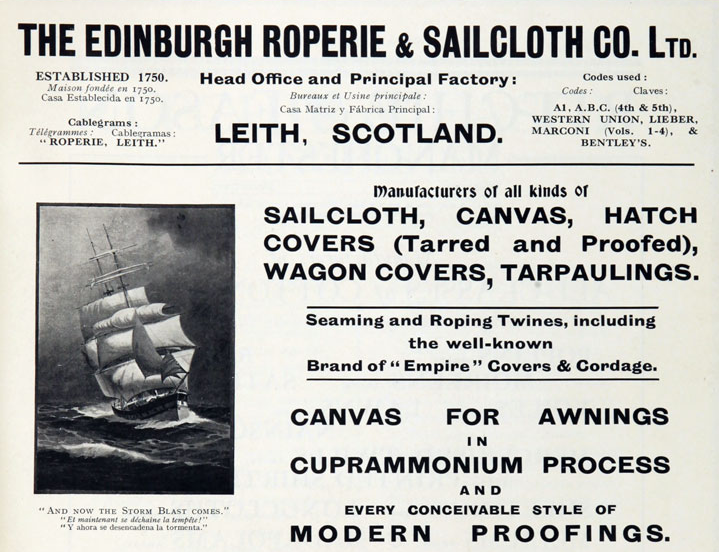Today's auction house artefact is this measuring gauge and conversion slide rule for ropes, wires and chains issued by the "Edinburgh Roperie & Sailcloth Co., Leith" 
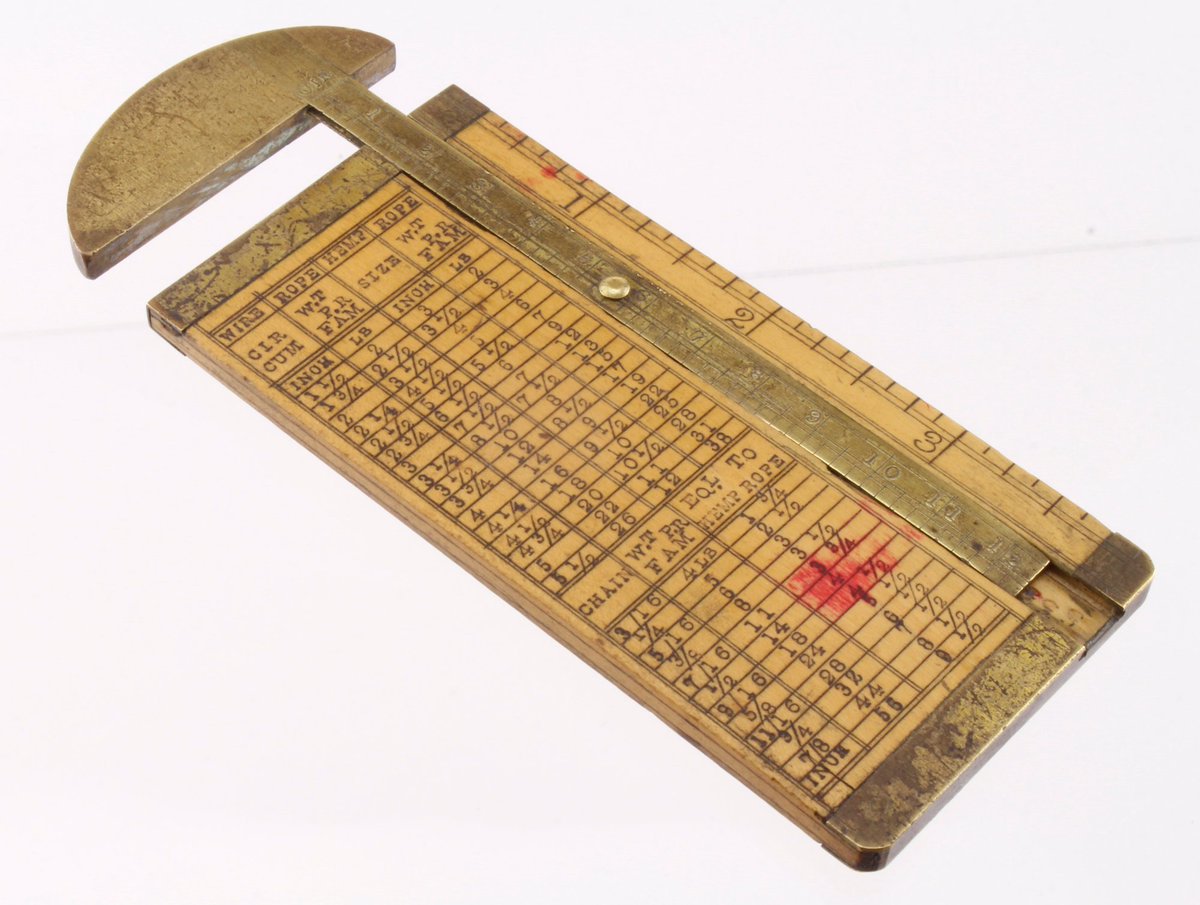
The Roperie was established in 1750 when a number of local merchants and businessmen combined their interests into a much larger operation, and occupied a large site off of Bath Street 
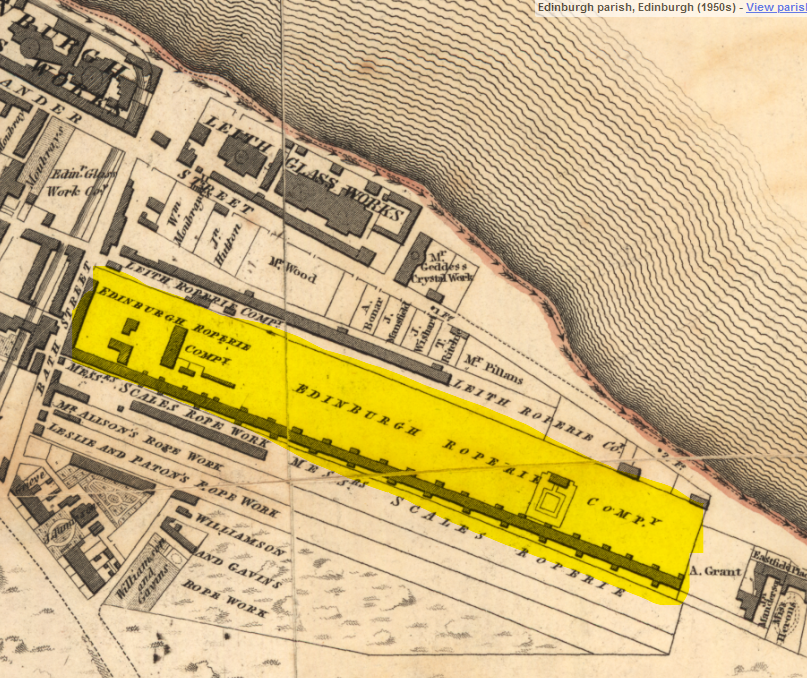
It became part of the British Ropes conglomerate in the 1920s, which was formed with the purpose of consolidating the British industry into a larger, more efficient concern
The Roperie employed over 1,000 people at its peak, including a lot of women (as spinning and weaving mills often did). It was heavy and dangerous work, with unguarded machinery everywhere and the ever-present silent danger of an atmosphere laden with fibres 





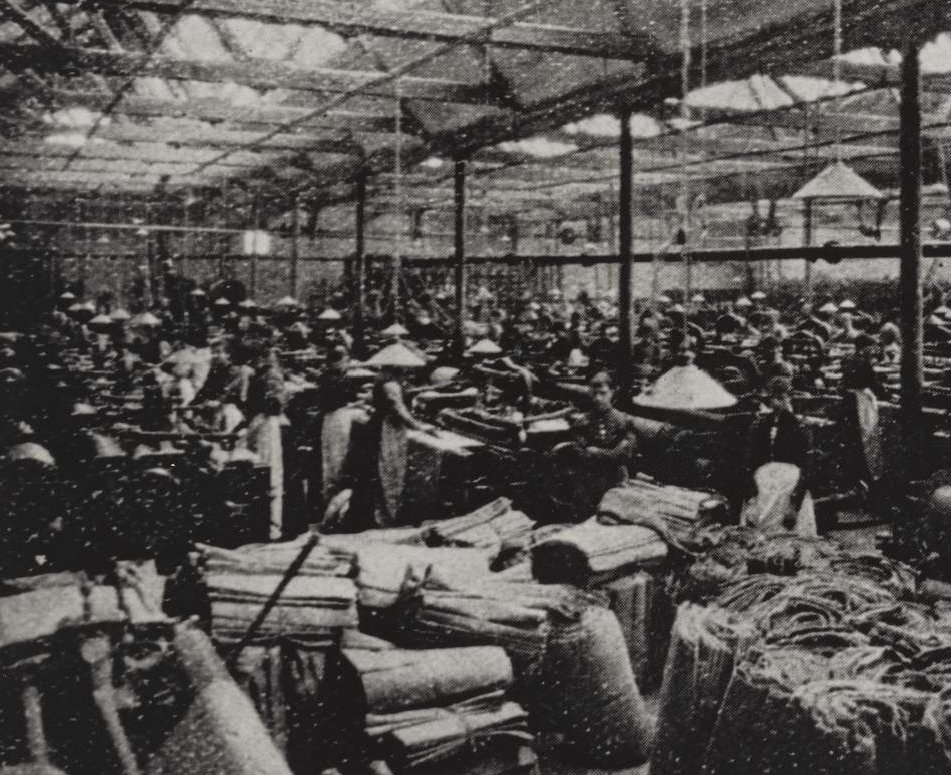
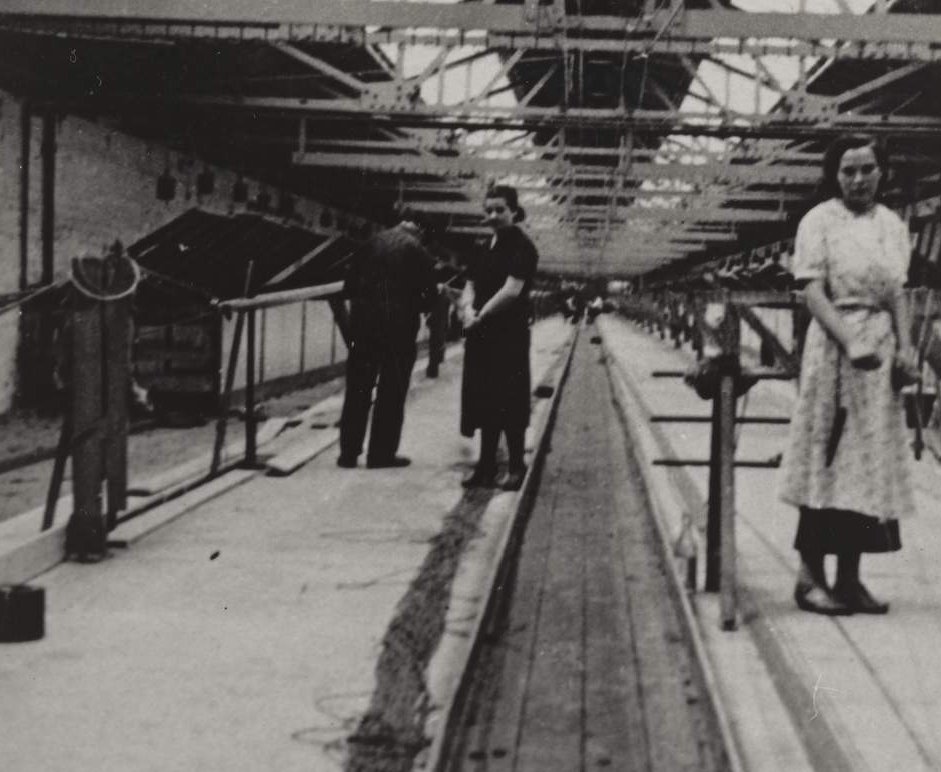
(all those pics © Edinburgh City Libraries, and taken by British Ropes in the 1920s or 30s).
And another image here © Edinburgh City Libraries showing a steam engine. Look at the beauty of the tiles in the background and also the "pinups" which appear to be family photos in their Sunday best! 
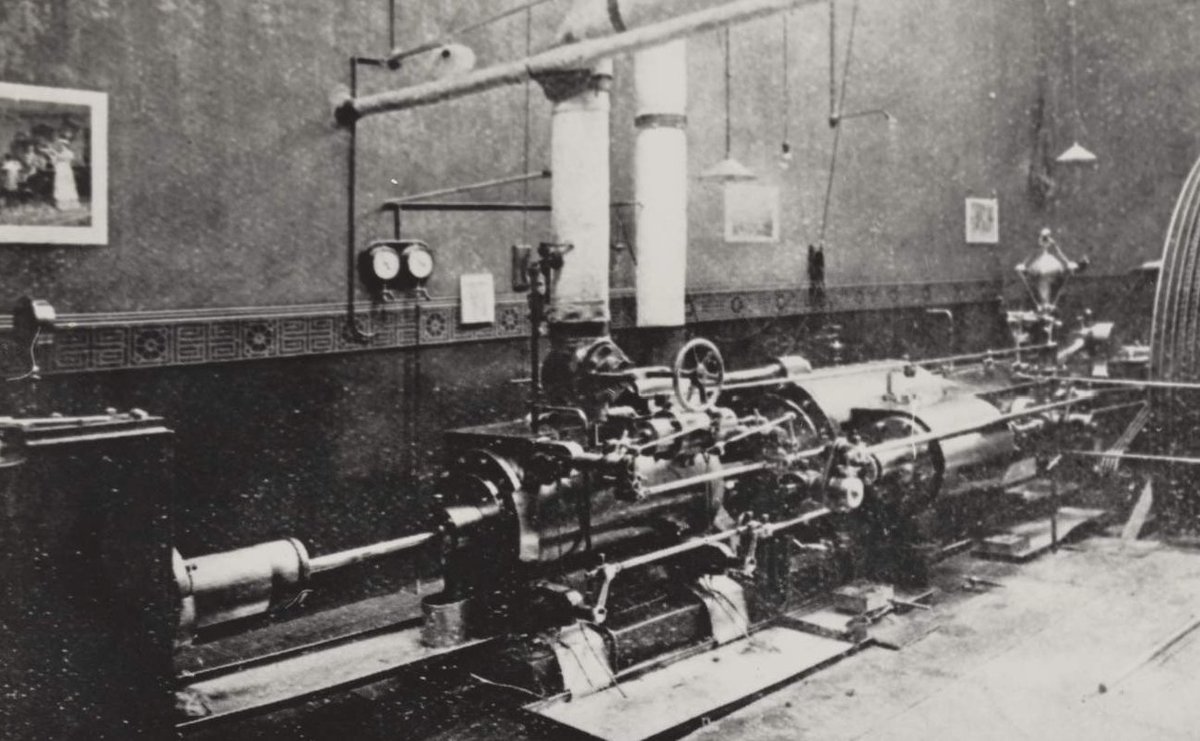
There are some great photos over on "Edinburgh Collected". This one shows a rope walk (where the individual fibres were combined into the ropes) in 1906 and claims it is one of the "6th longest in the world". 

We can also see the trademark of an X with E. R. Co. and the date 1750 and also some of the brand names of their produts; "Rising Sun", "Erasco", "Thistle", "Sovereign" etc. 

Another 1906 image from Edinburgh Collected here, showing a view over the works looking north from Leith Links towards the Forth. 
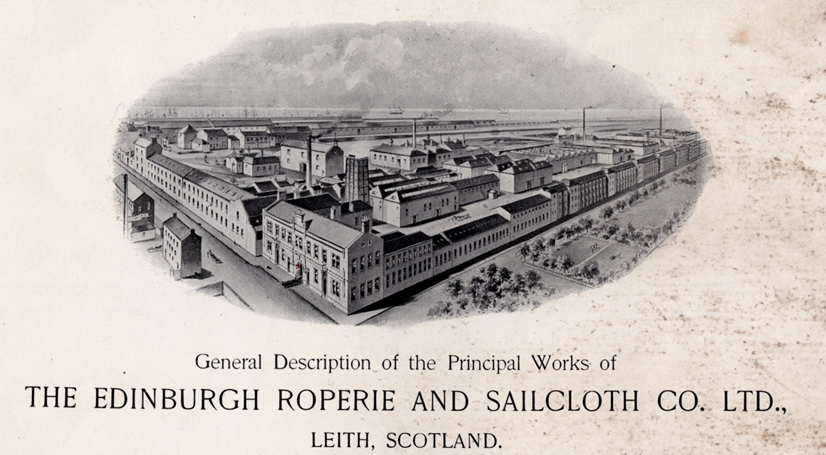
Until the mid-Victorian period, Leith was always critically short of clean water (despite the river running through it), therefore the Roperie had established a mill at Malleny, north of Balerno, to undertake the initial processing and bleaching of fibres 
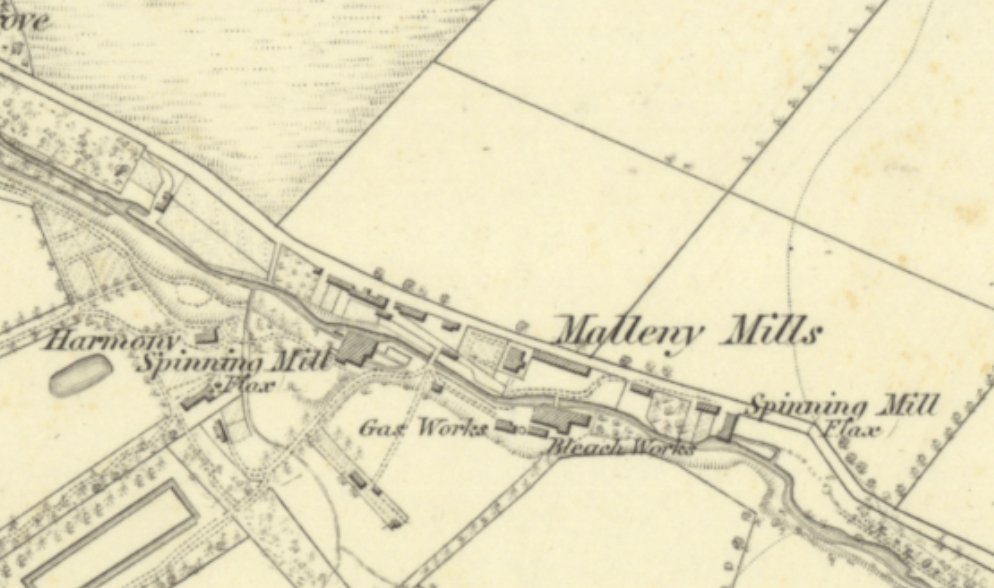
Here we see the company's steam lorry in 1906 leaving the works with a full load of packed balls of twine (pic from Edinburgh Collected)
"The absolute Guarantee of this company goes with every ball of twine it issues"
"The absolute Guarantee of this company goes with every ball of twine it issues"
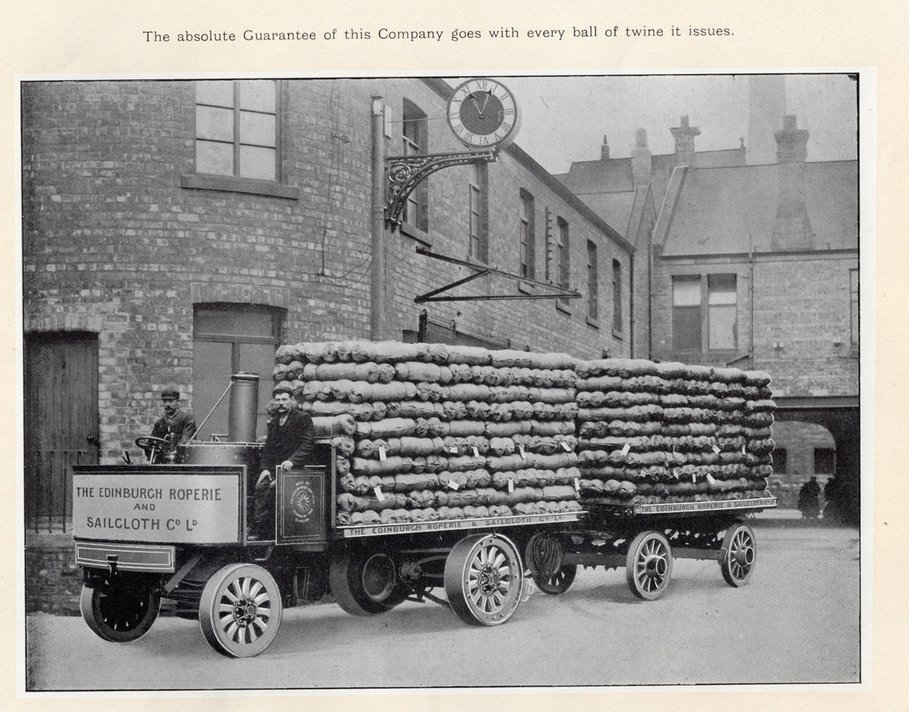
We can see from this page in the 1906 company publication just how wide a range of products they made, and from their offices around the country and world just quite how big a player they were globally. (pic Edinburgh Collected) 
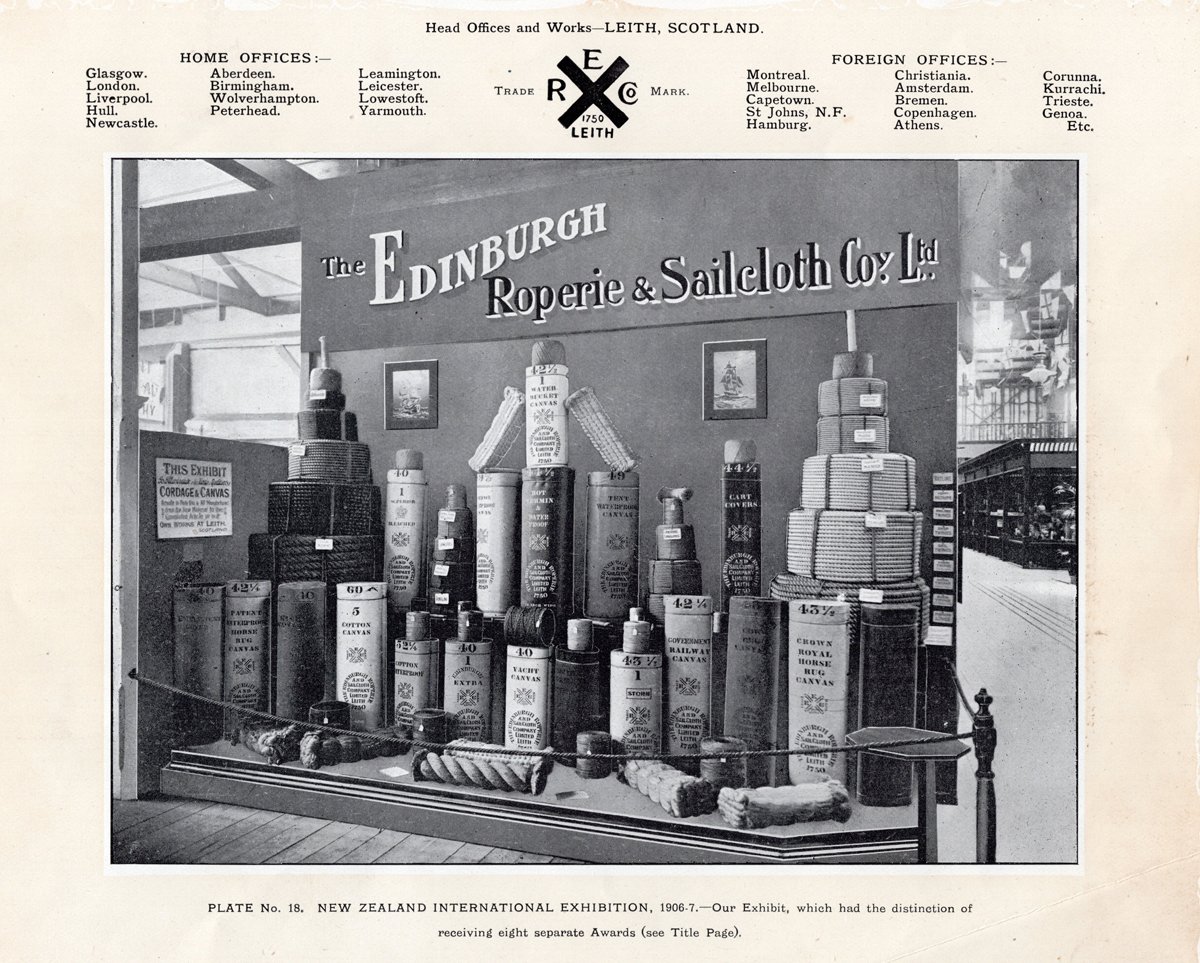
Here we see the bleaching green, where the dyed fabrics and fibres were dried. The women do the work as a foreman in bunnet "supervises". The looming presence in the background are the fertiliser and chemical works of Salamander Street. (pic = Edinburgh Collected) 
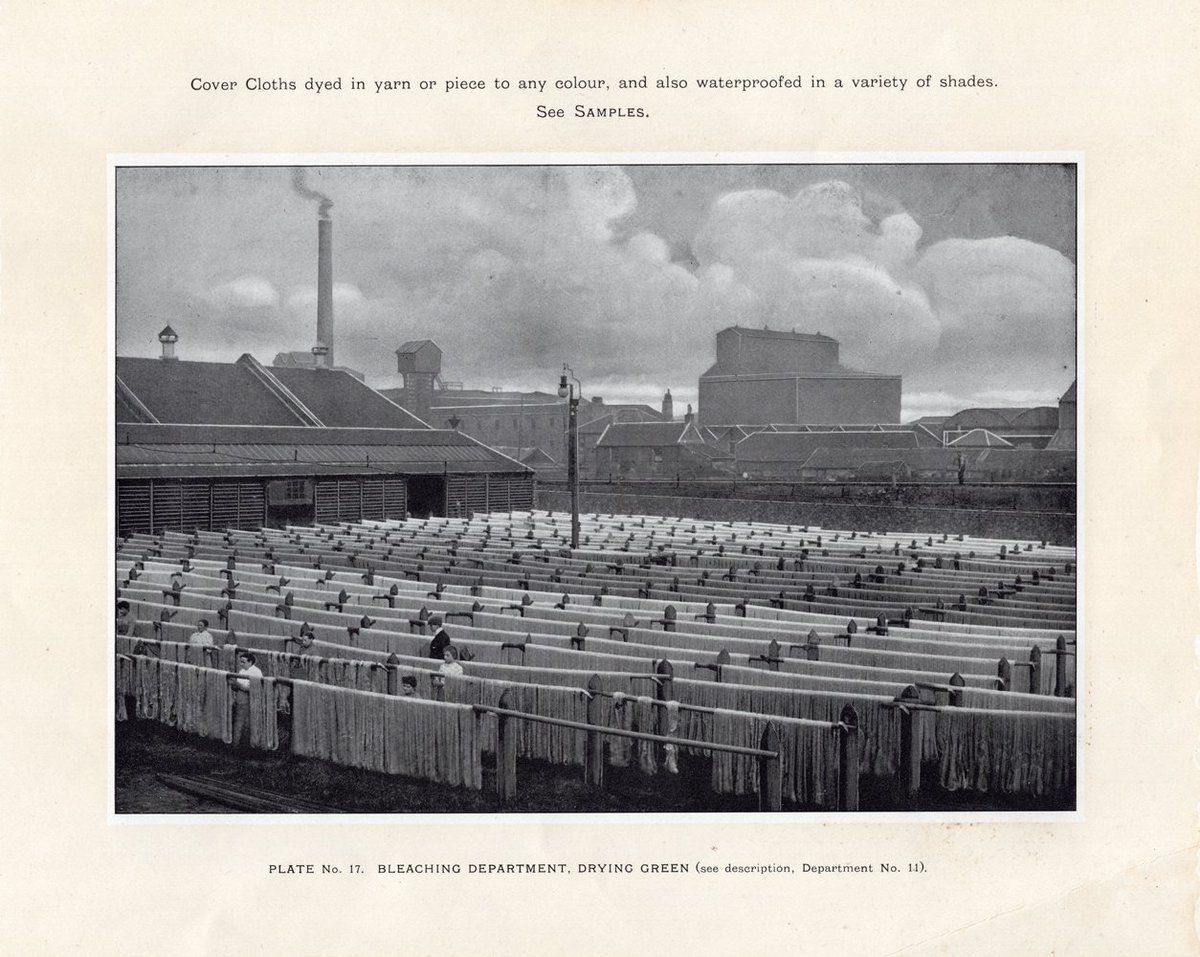
The company celebrated its bicentennial in 1950 (as part of British Ropes), and investment was made to move onto production of synthetic ropes (pic = Edinburgh Collected) 

But the writing was on the wall; the works were still old and antiquated, these 1965 images (again, Edinburgh Collected) show just how little some of the process was changed in hundreds of years. 



The Roperie closed some time shortly after that, and the site was then taken over by the Leith company of Macdonald & Muir, whisky bottlers and blenders who are better known as the parent company of The Glenmorangie. 

Bath Road, or as it was now known, Salamander Place, became the HQ and bottling and distribution plant for the company now known as Glenmorangie until they left in 1993 and headed for Livingston.
The site lay vacant before being snapped up by property speculators who demolished everything and then went bust in 2008 during the financial crisis. It then took the best part of another 10 years for things to get moving again and the final phase of redevelopment is imminent
You will notice that one of the developers has branded its block "The Ropeworks" and the street names include the Ropemaker Stret, Sailmaker Road and Chandler Crescent.
• • •
Missing some Tweet in this thread? You can try to
force a refresh

